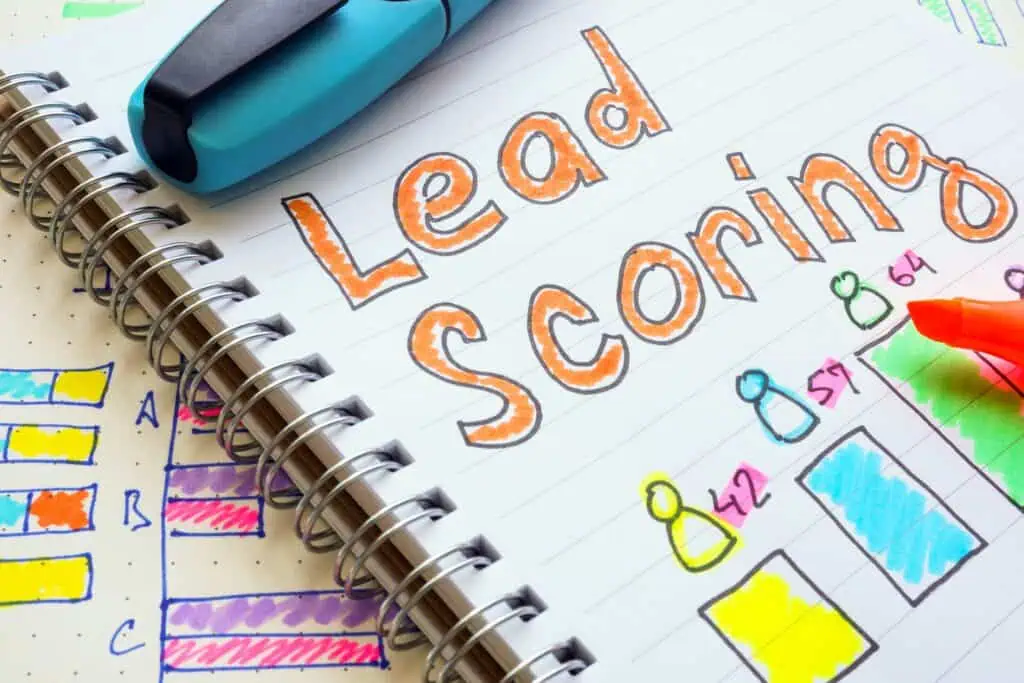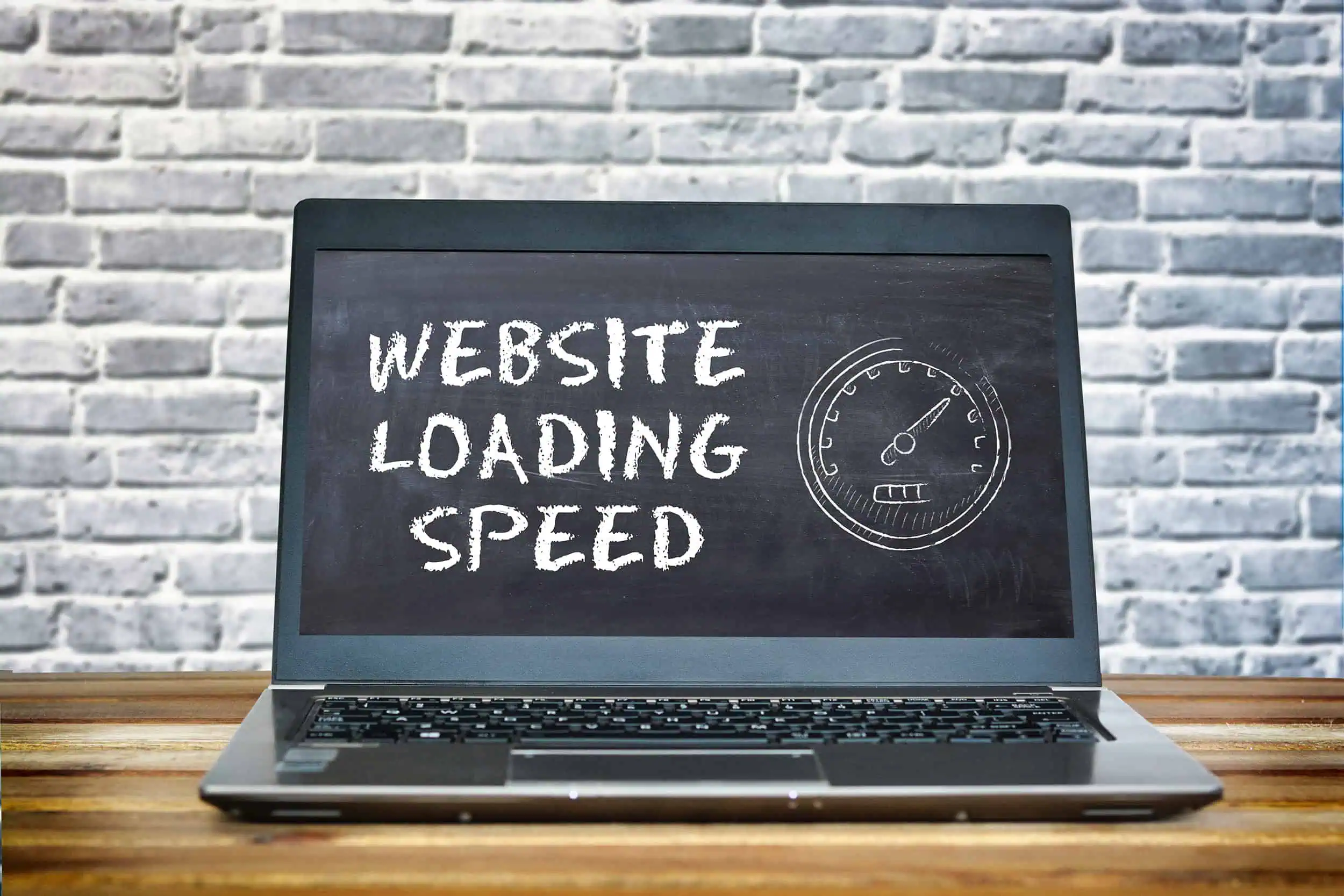In today’s fast-paced digital world, not every lead your marketing team generates is ready to buy. Sorting through hundreds, if not thousands, of leads can be overwhelming for sales teams. That’s where lead scoring comes into play. By assigning scores to leads based on their behaviors and characteristics, businesses can prioritize their efforts and focus on the most promising opportunities.
In this comprehensive guide, we’ll cover everything you need to know about lead scoring, including its benefits, how to set it up, and best practices to ensure success.
What is Lead Scoring?
Lead scoring is a methodology used by marketing and sales teams to rank leads based on their potential to become customers. It assigns numerical values (scores) to leads based on their actions (e.g., website visits, downloads) and demographics (e.g., job title, industry).
For example, a lead who visits your pricing page multiple times and downloads your case studies is likely more interested in your product than someone who only signed up for your newsletter.
Why is Lead Scoring Important?
- Better Sales and Marketing Alignment: Helps teams focus on high-priority leads, reducing friction between departments.
- Improved Conversion Rates: By targeting the most qualified leads, your sales team can close deals more efficiently.
- Enhanced Customer Experience: Tailored outreach based on lead behavior fosters trust and relevance.
- Optimized Resource Allocation: Saves time and effort by prioritizing leads with the highest likelihood of conversion.
How Lead Scoring Works
1. Define Your Ideal Customer Profile (ICP)
Start by identifying the characteristics of your best customers. Consider factors like:
- Demographics: Age, job title, company size, location.
- Firmographics: Industry, annual revenue, or number of employees.
- Behavioral Patterns: Activities that indicate buying intent, such as website visits, content downloads, and email engagement.
2. Identify Key Lead Actions
Not all lead activities are created equal. Assign higher scores to actions that demonstrate strong buying intent, such as:
- Filling out a demo request form (+30 points)
- Visiting the pricing page (+20 points)
- Opening marketing emails (+5 points)
3. Use Negative Scoring
Not every lead is a good fit. Deduct points for actions or characteristics that indicate disinterest or poor fit, like:
- Unsubscribing from emails (-10 points)
- Visiting the careers page (-15 points)
- Using free or generic email domains like Gmail (-5 points)
4. Automate Scoring with Technology
CRM and marketing automation tools like HubSpot, Salesforce, and Marketo allow you to set up rules to automatically assign scores to leads based on predefined criteria.
Steps to Set Up an Effective Lead Scoring System
1. Collaborate with Sales and Marketing
Gather input from both teams to define scoring criteria. Marketing knows lead behavior trends, while sales knows what signals indicate purchase intent.
2. Analyze Historical Data
Review your CRM or sales data to understand which lead behaviors and attributes have historically led to conversions.
3. Assign Scores to Attributes and Actions
Use weighted scoring to reflect the importance of different actions. For example:
- Job title matches your ICP: +25 points
- Downloads an eBook: +10 points
- Views product demo video: +15 points
4. Test and Refine Your Model
Start simple and refine over time. Use A/B testing and feedback from sales to optimize your scoring thresholds and criteria.
Common Challenges in Lead Scoring
- Overcomplicating the Model: Too many criteria can make your system confusing and ineffective.
- Lack of Alignment Between Teams: Without proper communication, sales may not trust marketing-generated scores.
- Inaccurate Data: Poor-quality data can lead to incorrect scores, causing missed opportunities or wasted effort.
- Failure to Update Scores: Buyer behaviors evolve, and your scoring model should adapt to these changes.
Best Practices for Lead Scoring
- Incorporate Multiple Data Sources: Use data from email campaigns, website analytics, and CRM systems for a holistic view.
- Regularly Audit Your Model: Schedule periodic reviews to ensure your scoring aligns with current business goals.
- Train Your Teams: Ensure sales and marketing teams understand the scoring criteria and how to use them effectively.
- Combine with Lead Nurturing: Use lead scoring in tandem with nurturing campaigns to move leads further down the funnel.
Tools for Lead Scoring
1. HubSpot
HubSpot offers a user-friendly lead-scoring feature that integrates seamlessly with its marketing and sales tools.
2. Salesforce Marketing Cloud
Pardot uses AI to enhance lead scoring by predicting lead quality and readiness.
3. Marketo Engage
Marketo allows for detailed customization and integration with other platforms for robust scoring models.
4. Zoho CRM
A budget-friendly tool for small businesses with essential lead-scoring capabilities.
Key Metrics to Track
To evaluate the effectiveness of your lead scoring system, monitor these metrics:
- Lead-to-Customer Conversion Rate: Measure how many scored leads turn into customers.
- Sales Cycle Length: Shorter cycles often indicate accurate scoring.
- Revenue Per Lead: Tracks the ROI of your scoring efforts.
Lead scoring is a game-changer for businesses looking to improve sales efficiency and marketing ROI. By implementing a well-structured lead scoring system, you can focus on the leads that matter most, close deals faster, and deliver personalized customer experiences.
With the right tools, collaboration, and continuous optimization, your team will be on its way to achieving sales and marketing harmony—and boosting conversions like never before.
Ready to revolutionize your lead management process? Let us help you start building your lead scoring system today and watch your conversion rates soar!





